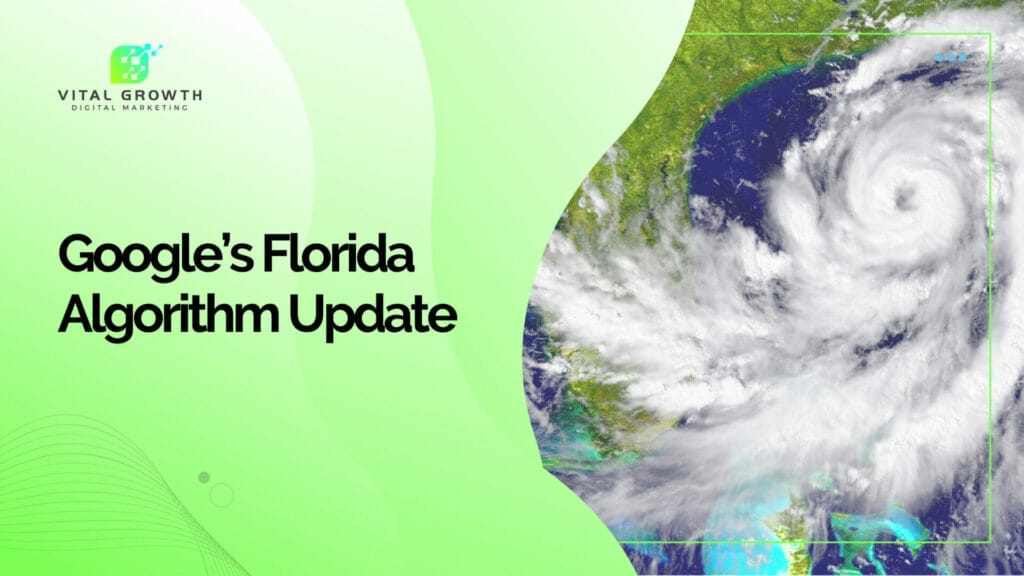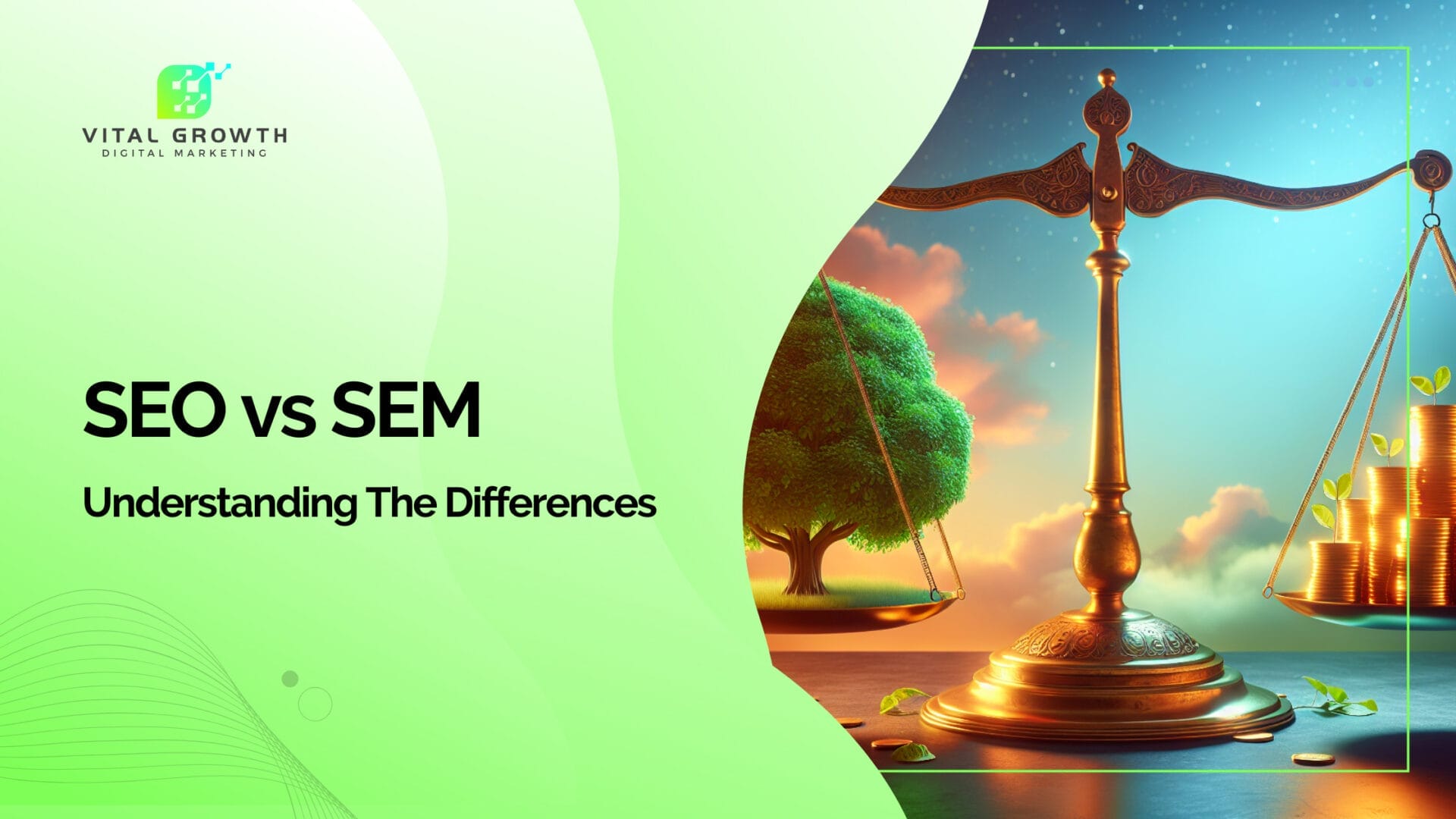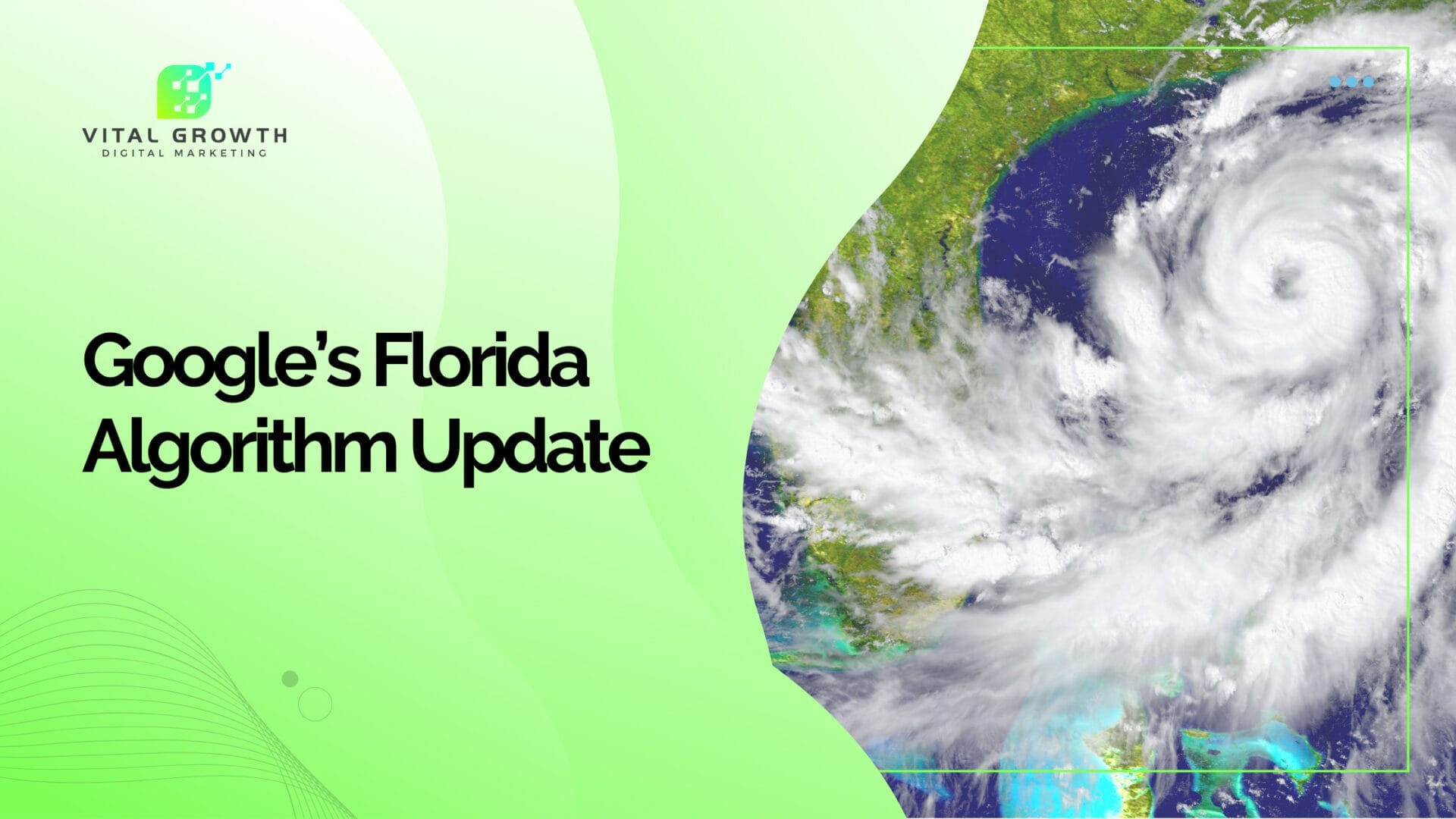The Florida Algorithm Update, a major shift in Google’s search algorithm introduced in late November 2003, marked a turning point in digital search history. This update, unofficially named after the convention of naming updates akin to hurricanes, introduced sophisticated filters for various keywords, resulting in substantial ranking fluctuations across numerous websites.
Significant changes in how Google approached its search algorithm, signaling a new era in search engine optimization strategy and implementation. Prior to the Florida Update, many websites could achieve high rankings through methods that were less focused on the quality and relevance of content. The update heralded a stark departure from these practices, emphasizing the importance of genuine, user-oriented content and ethical SEO tactics.
This article informs you on the intricacies of these changes and their profound impact on Google search engine rankings, offering a comprehensive understanding of this changing moment in search engine optimization history.
What Is The Florida Google Algorithm Update?
Introduced in November 2003, the Florida Update was first discussed at the Search Engine Strategies conference in Florida. This major revision in the Google ranking algorithm was designed to combat manipulation of search results, enhancing the overall quality and relevance, particularly targeting revenue-focused “money keywords”.
A major shift in website rankings was observed, with many sites experiencing ranking drops or complete removal from search results. This update signaled Google’s commitment to elevating user experience and authenticity in search results. The SEO community, especially those employing “black hat” techniques, faced a new challenge, paving the way for more frequent and sophisticated algorithm updates.
The Origin and Impact of the Florida Update
The Florida Update changed website rankings significantly and impacted many websites, including those within e-commerce, online gambling, travel, and health industries. It introduced new terms in SEO, leading to a change in SEO vocabulary and ushering in phrases like “looking natural” in relation to linking patterns.
The long-term effects of the update were felt gradually over a few weeks, with some websites undergoing dramatic changes in rankings. It influenced the importance of relevance, link building, and user experience and brought about a shift in the SEO industry toward machine learning and AI.
Technical Aspects of the Florida Update
The Florida Update targeted spam techniques like keyword stuffing, cloaking, and doorway pages, significantly impacting industries such as e-commerce, online gambling, travel, health, and directories. To ensure compliance with the update, website owners were urged to use high-quality content, avoid keyword stuffing, use relevant anchor text, and avoid black hat SEO tactics.
To recover from the negative impact of the update, website owners should identify the problem, analyze their website’s content, optimize technical SEO, monitor backlinks, and focus on user experience. These strategies highlight the shift toward optimizing for relevance, link building, and user experience post-Florida Update.
Decoding the Technicalities of the Florida Update
The update clamped down on practices like keyword stuffing, cloaking, and the use of doorway pages. It heralded a new era of compliance, urging websites to prioritize high-quality content, judicious use of keywords, relevant anchor texts, and avoidance of dubious SEO tactics.
For websites impacted negatively, it’s important to conduct a thorough analysis of content and backlinks, optimize technical SEO, and focus on enhancing user experience.
Adapting to the Florida Update
The Florida Update affected link analysis and introduced statistical analysis for links, plotting out characteristics of webpages or websites. As a result, website owners had to adapt their SEO strategies to comply with these changes.
The update initially affected the English-speaking world and soon after the non-English-speaking area, emphasizing the fight against spam as a continuous war for search engines. To prepare for future updates based on the impact of the Florida Update, website owners can create high-quality content, optimize for mobile, focus on user experience, improve website speed, use social media, and use SEO best practices.
How Can Website Owners Recover From Any Negative Impact Caused By The Google Florida Update?
Website owners affected by the update can recover by re-evaluating and improving their SEO strategies. This involves removing or revising low-quality content, ensuring the natural integration of keywords, enhancing user experience, and building a sustainable backlink profile. Regularly updating content and adhering to Google’s guidelines are also key steps in recovery.

Tips For Avoiding A Florida Update Penalty – And More Recent Updates
- Prioritize High-Quality Content: Ensure your website’s content is relevant, informative, and offers value to your audience. Avoid thin content and focus on depth and quality.
- Avoid Overuse of Keywords: Keyword stuffing is a red flag for search engines. Use keywords naturally and contextually within your content.
- Focus on User Experience: Ensure your website is easy to navigate, loads quickly, and is mobile-friendly. A good user experience can improve your site’s ranking and reduce the risk of penalties.
- Build Ethical Backlinks: Engage in white-hat link-building practices. Focus on earning backlinks from reputable sources rather than purchasing or exchanging them.
- Regularly Update Your Website: Keeping your content fresh and up-to-date signals to search engines that your site is relevant and well-maintained.
- Diversify Your Traffic Sources: Don’t rely solely on organic search traffic. Utilize social media, email marketing, and other channels to attract visitors.
- Monitor Algorithm Updates: Stay informed about the latest Google algorithm updates and adjust your SEO strategies accordingly. You can also see our blog on Google algorithm updates
- Avoid Black Hat SEO Techniques: Tactics like cloaking, doorway pages, and hidden text can lead to severe penalties. Stick to ethical SEO practices.
- Utilize Schema Markup: Implement structured data to help search engines understand the context of your content, which can improve your visibility in search results.
- Regular Site Audits: Conduct periodic SEO audits to identify and fix issues like broken links, crawl errors, and duplicate content.
- Responsive Design: Ensure your website’s design adapts to different devices and screen sizes, enhancing user experience. Avoid these website design mistakes while you are at it!
- Engage in Social Listening: Understand what your audience is discussing and searching for, and tailor your content to meet their needs.
- Local SEO Optimization: If your business is local, make sure to optimize for local search, including local keywords and listings.
- Content Variety: Include a mix of content types, such as blogs, videos, infographics, and podcasts, to engage a wider audience.
- Transparency and Trustworthiness: Be transparent about your business and provide clear contact information, privacy policy, and terms of service.
What Changes Were Made To The Google Algorithm As Part Of The Florida Update?
The Florida Update brought changes like the penalization of keyword stuffing, invisible text, and other deceptive practices. It also introduced a more sophisticated analysis of link quality and relevance, placing greater emphasis on natural linking patterns and the overall content quality on web pages.
How Does The Google Florida Update Compare To Other Major Algorithm Updates, Such As Panda And Penguin?
While the Florida Update was groundbreaking for its time, it was primarily focused on penalizing over-optimized sites and black hat techniques. Later updates like Panda and Penguin were more sophisticated, with Panda targeting low-quality content and Penguin focusing on over-optimization in backlinks. Each update built on the foundation set by Florida, further refining Google’s algorithm towards quality and relevance.
How Long Did It Take For The Effects Of The Google Florida Update To Be Fully Felt In Search Results?
The effects of the Florida Update were felt almost immediately, with some websites noticing changes in their rankings within days. However, the full extent of the impact across various industries and websites took several weeks to fully materialize.
Can Website Owners Expect Any Long-term Effects From The Google Florida Update?
The long-term effects of the Florida Update were significant, as it marked a fundamental shift in how Google evaluated and ranked websites. It set a precedent for future updates and influenced the development of SEO strategies that prioritize quality content and ethical practices, effects that are still relevant in today’s SEO landscape.












